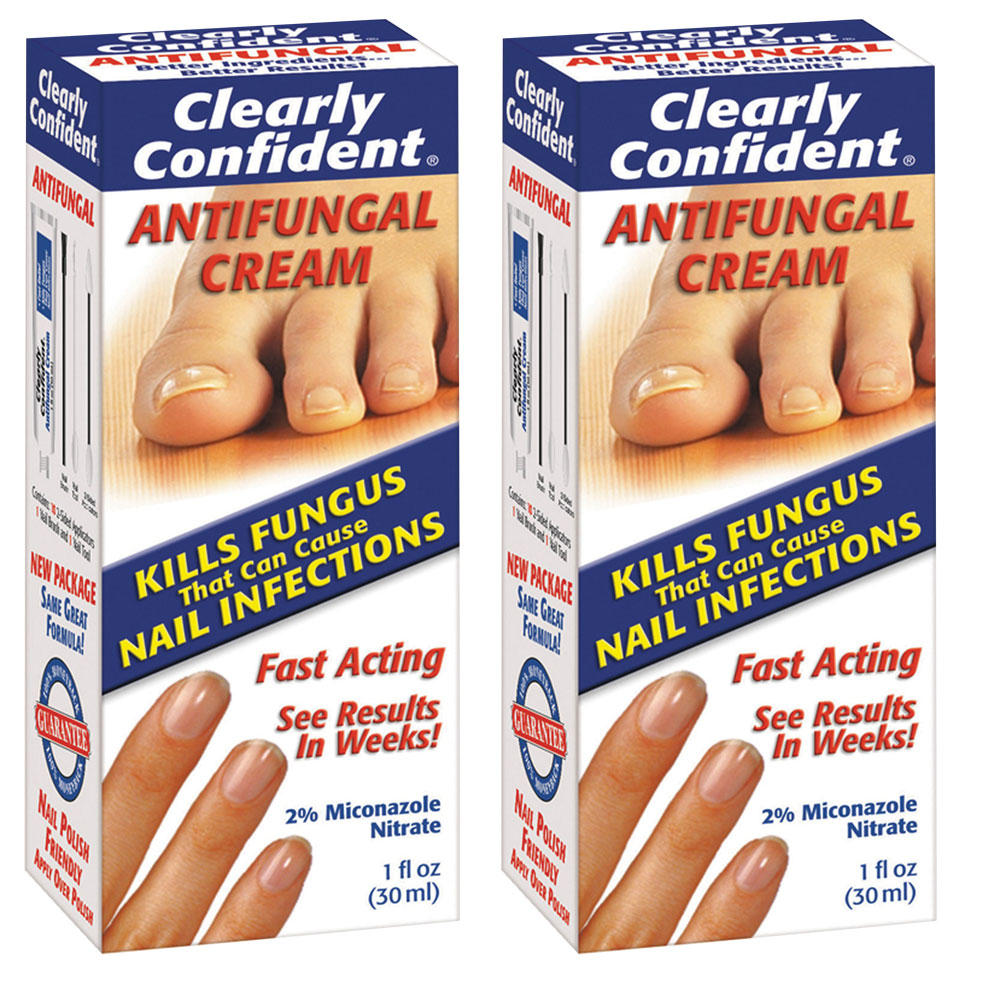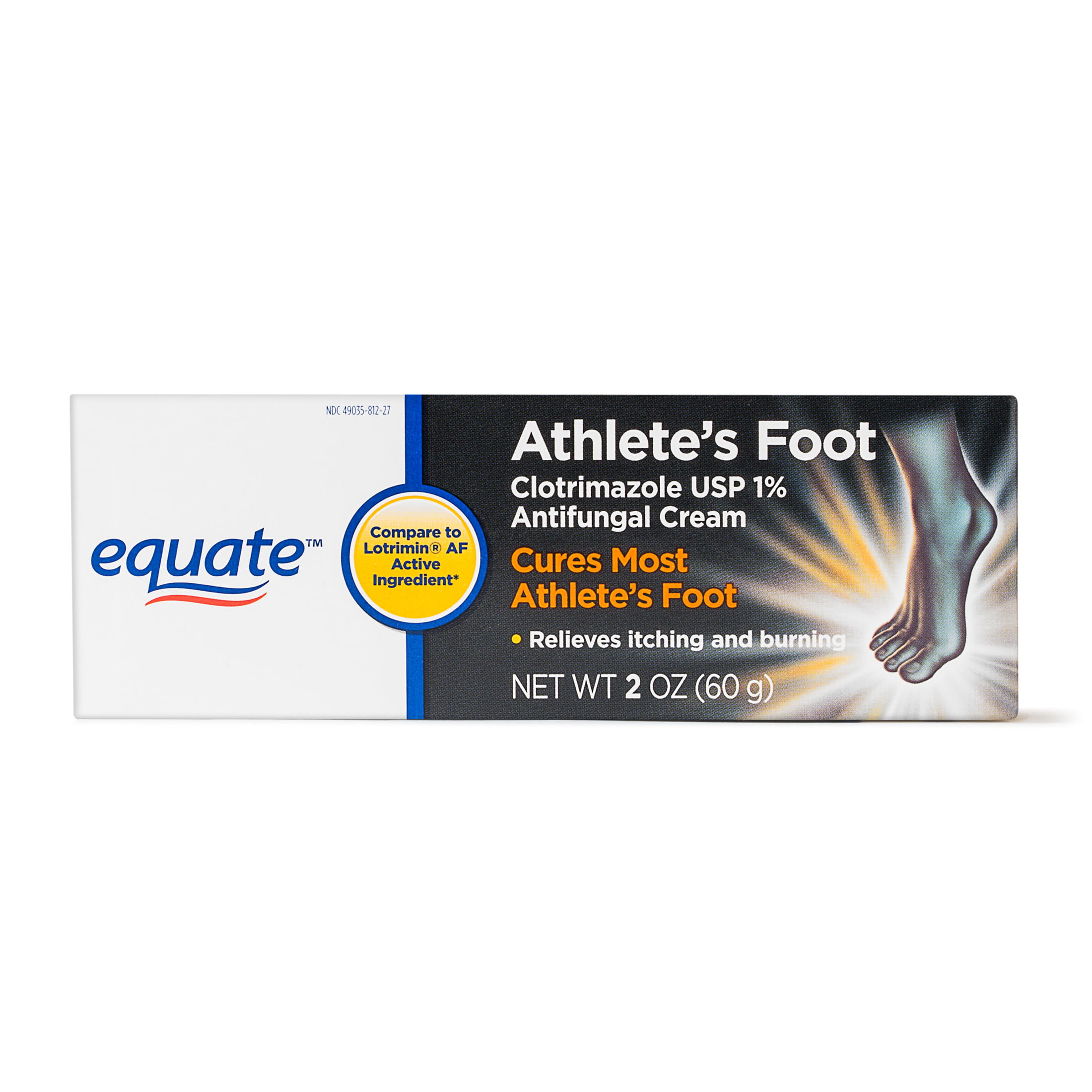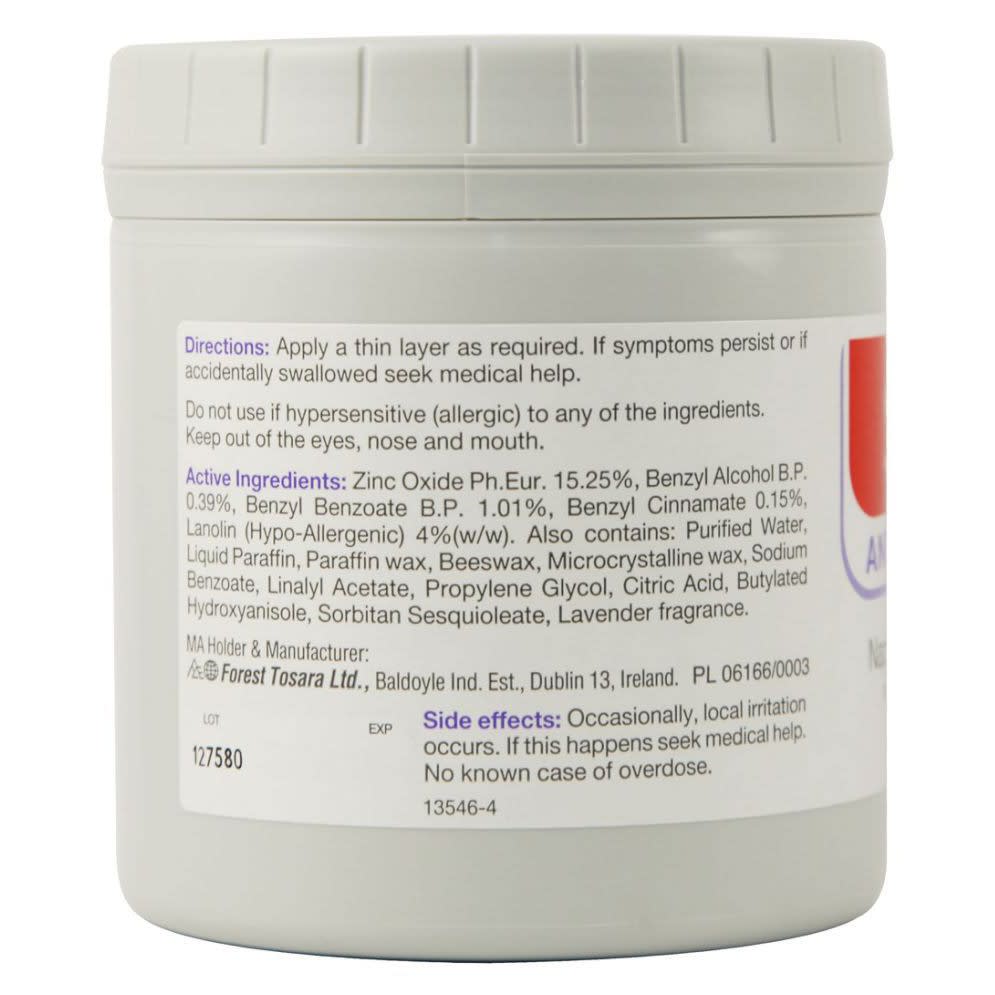

Many skin lesions look similar but are caused by different types of infections.

👉 Check with your vet before you treat your dog at home.

Antifungal ointment costs around $10 but is not worth the purchase if multiple skin lesions are present. Veterinarian Michelle Diener will recommend using miconazole ointment for dogs with ringworm infections that have only one skin lesion. It’s practically impossible to use an antifungal cream to cover every area affected by the infection. For example, yeast infections can be in the nail beds or even between the digits on all four feet. The problem is that most ringworm and yeast infections cover multiple areas of a dog’s body. These creams purported to soothe and heal the infection. Common types of creams veterinarians prescribed in the past include: Antifungal creams seem like a quick fix and were once a standard treatment, but vets have since found different, more effective ways to nix these pesky infections in dogs.Īntifungal creams are meant to be applied topically to the affected area of a dog’s skin but are only helpful if there is one small skin lesion on a dog’s body. If your dog has a fungal infection, it’s understandable that you want to treat it fast. If your pet isn’t protected, get your quote based on your pet’s breed, age, and location at Fetch by the Dodo. 👉 Sick visits to the vet may be covered by pet insurance. It’s named for the ring-shaped raised, red, and hairless skin lesions that form on a dog’s skin. Ringworm does not refer to a parasitic worm but instead a fungus spread by spores found in the environment, on contaminated surfaces, or by coming into contact with pets or people that have the infection. The other common fungal skin infection that dogs are susceptible to is ringworm. There is often an odor to the skin when there is a yeast infection. Yeast infections can cause the skin to become thickened like elephant skin, black and hairless. The constant licking creates a moist environment on the skin for yeast to thrive. Allergiesĭogs with allergies are itchy and often lick their feet and other body parts. There are a few common triggers: skin mites, ringworm, or an overgrowth of yeast ( Malassezia) on dogs with environmental or food allergies. Fungal skin infections are common and can be uncomfortable for dogs.


 0 kommentar(er)
0 kommentar(er)
